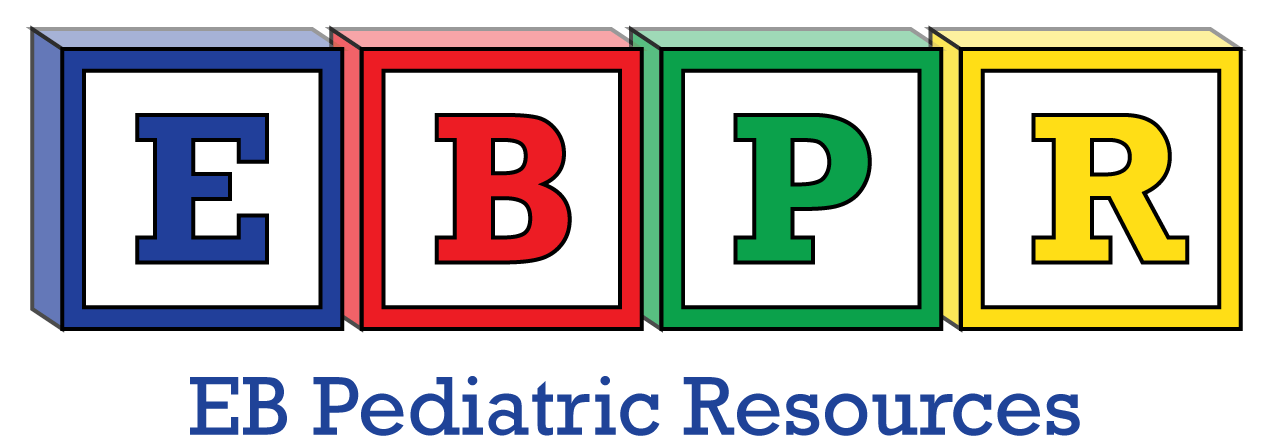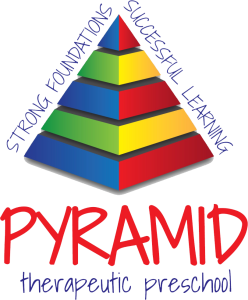As most parents know, the novelty of a new toy wears off typically within 24 hours or less! How do you find a toy that will keep your child happily active and learning new skills?
Most children with special needs have common traits when it comes to learning through play, so here is a short list of characteristics that make up a long-lasting toy:
1. A toy needs to be stimulating and provide a challenge, but a child also needs to have success within a small interval of time or they will turn away to something more comfortable. The amount of time differs per child, so if you find your child isn’t successful, provide adult assistance to help them over the initial learning hump.
2. Find a toy that meets their sensory needs. If you are familiar with your child’s sensory needs, the sensory guidelines below might be helpful.
3. Pick out toys that appeal to their strengths (e.g., matching) while adding a more challenging component—for instance, for children who like to match objects, we have a wonderful 3-dimensional toy that is made with spongy material. The child needs to match shapes, but also fit the shapes onto the pegs—it’s more difficult, but enhances that child’s fine motor skills as well as problem-solving skills.
Another example, if your child prefers lining toys up, is to purchase a toy that they can line up but need to hook together such as a train or Lego kit. Then you can add the dimension of a) moving the train around various obstacles or b) building up the pieces rather than simply lining up end-to-end.
What you might want to remember is to pick toys out that your child will play with—and then add the challenge!
4. Search for toys/activities that promote continued learning and expertise, such as musical instruments, sports toys (e.g., boxing bags), swings and balancing toys. “Container” type toys are fun, including rocking bowls or carts that they can climb into and move on their own or with your help!
Child Sensory Guidelines
Children receive information differently based on their body types. This is a very basic description that can help you choose sensory characteristics based on your child’s sensory profile. If you do not know your child’s sensory profile, feel free to contact us for a sensory assessment.
Touch
A child can have “lower registration” of touch or proprioceptive input (which is the feeling a child has when he receives information through his muscles and joints). And it’s important to note that sometimes touch and proprioceptive do not complement each other. For instance, a child can be very sensitive to tactile input and yet need strong, firm proprioceptive input to stay interested in a toy.
If a child is averse to textures, be sure to get something that feels good to the touch but provides strong input—for example, vibrating toys, weighted toys, stretchy/pull-apart toys (exercise bands, pop-beads, TheraPutty), magnetic toys, or a variety of differently weighted balls for a game of basketball—if you add different textures to the balls, you may also help the child become more open to exploring!
Sound
Music and sound production is always an excellent choice for toys! But be sure you do not provide “passive entertainment”—that is, if you have a toy that has a button the child pushes to start 5 minutes of music. That is not a learning toy but an entertainment toy.
A learning toy using sound is something that requires effort and problem-solving to produce sounds. A piano or musical instrument is wonderful for this or one of the larger pads that children can jump on in different places to make musical notes.
For younger children, there is a shape sorter that produces sounds as soon as the shape is dropped in place. These activities help with motor planning and improved understanding of cause-effect.
Other musical toys might be visual (such as a musical movie) but encourages a child to sing or move along with the music—the Nintendo Wii is a great example. A drum may not please you as much but is a great toy—you may need to demonstrate techniques but any modulation in banging on a piano can help a child modulate (or control) arm movements better and this will also lead to better fine motor skills such as throwing with precision and writing skills.
Vestibular
Vestibular is the basic understanding of movement within your world. An example of a child who seeks vestibular input is an “incessant climber” and one who resists is often “side-lying” and prefers to play on his/her side. Examples of toys that help out in these cases are trampolines. Let the climber bounce as much as he’d like and assist the side-lying child to take his time and lay on it at first with slight bouncing, gradually becoming vertical, and then learning to make small jumps.
I think everyone has had experience “making forts” as a child using the couch cushions and dining room chair
s? Do it again with your child—perhaps add a child’s tunnel the child can crawl through—all of which helps with motor planning and mobility, while organizing vestibular skills.
Need more assistance or tips on finding the right educational toy for your child? Feel free to contact us.



